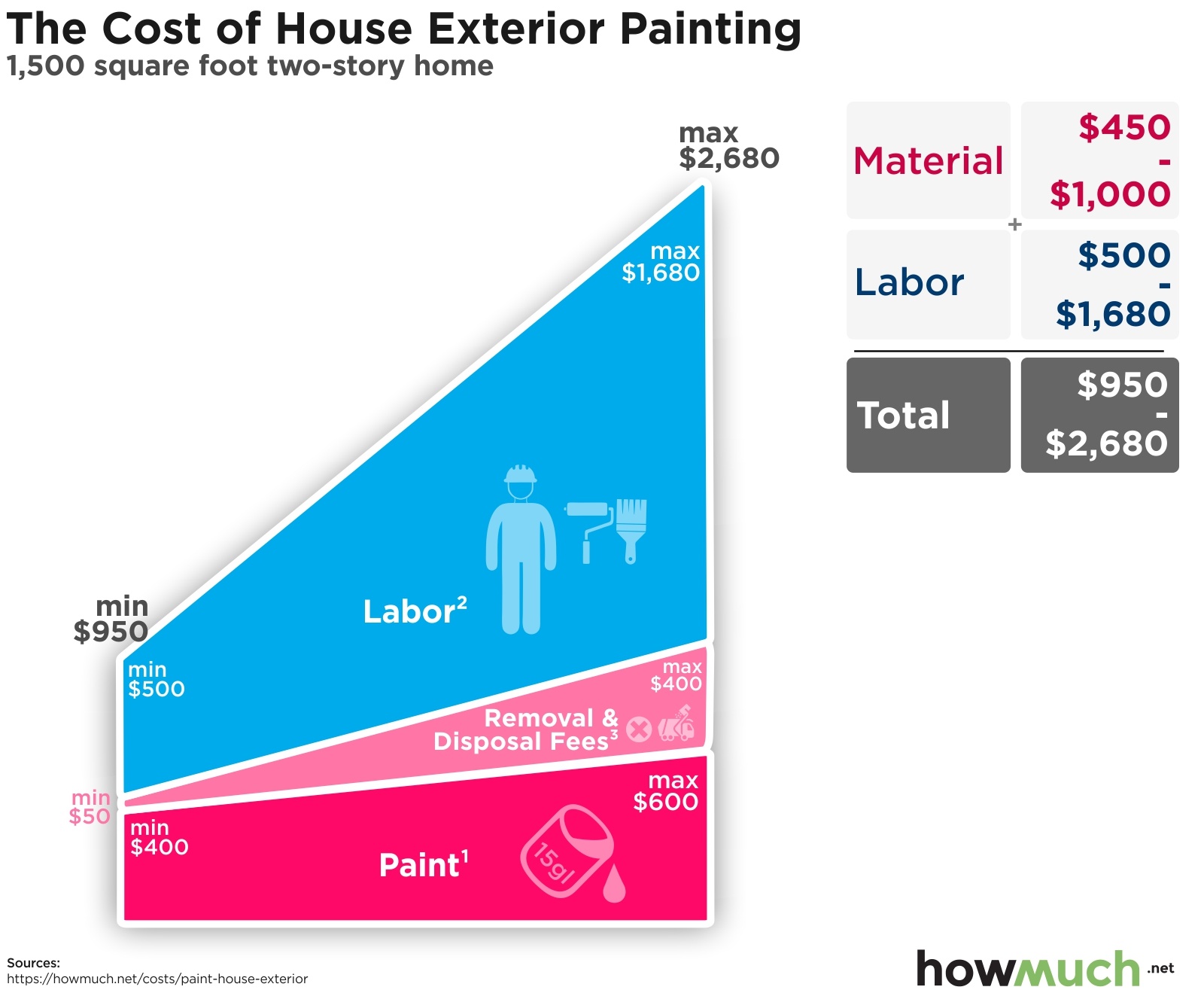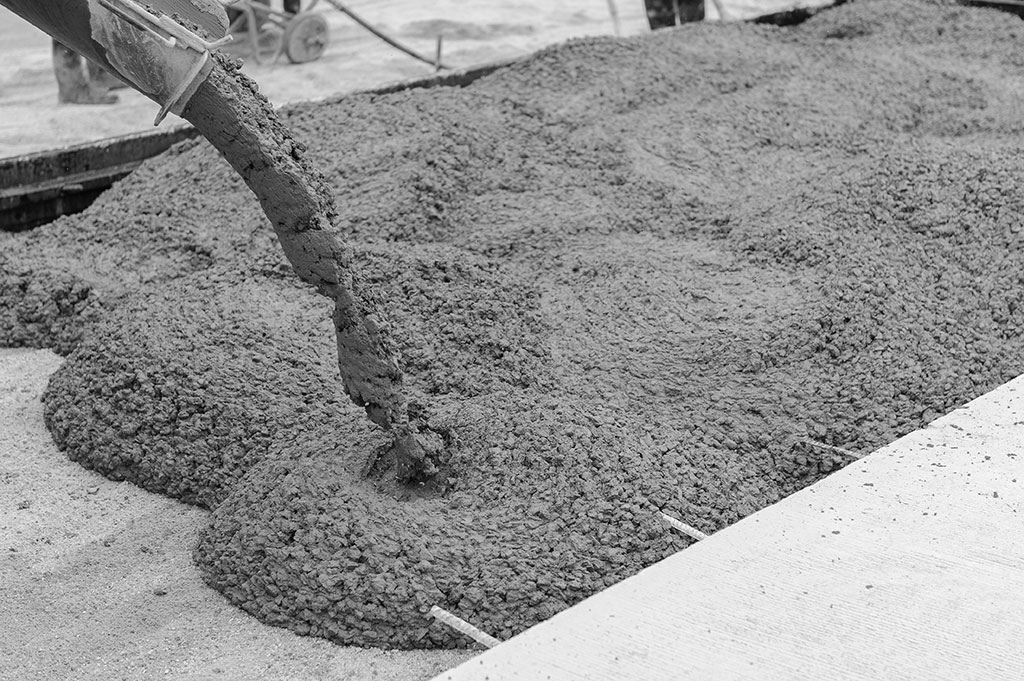Painters Brisbane, Painting a room is a great way to update the look and feel of your home. A successful paint job requires much more than the right paint and good brushes.
Professional painters adhere to certain guidelines when it is time to paint walls. These tips will help you turn your walls into smooth and polished canvases.
Use the Right Brush
A top-quality brush makes a huge difference in both your painting speed and the quality of your finished product. The right brush can help you paint more quickly and with a higher quality, whether you are using oil-based or latex-based paints. Although inexpensive brushes may seem like a smart, money-saving option they often have a short lifespan, leading to splayed bristles and wobbly handles. It is worth investing a little more in a quality brush that will break-in and improve over time.
When choosing the right brush to paint a wall, there are many factors to consider, including the size, shape, stiffness and handle style. The right brush should be able to apply your chosen paint with the least amount of strokes possible and should provide a smooth, flawless finish. The right brush can make a huge difference to the final results, whether you are painting a whole room or just a single wall.
When choosing a brush for wall painting, opt for wide-flat styles that are typically 2.5 inches or larger. This will allow you to cover larger areas more efficiently, particularly when used with a roller. Choose a angled or coned paintbrush for fine details such as corner painting, or a bristle brush with flagged tips. These tips help to hold more paint, and spread it evenly.
It is also important to choose the brush that has the right thickness for your project. A thinner brush will be more delicate, while a thicker brush is better for heavily textured walls. When in doubt, consult a professional, as they’ll be able to advise you on the right brush for your needs.
Keeping the brush clean is vital for a smooth finish. After each use, wipe the brush with a damp cloth. If the bristles begin to harden, soak your brush in hot vinegar for a half hour to soften them again. Once the brush is rehydrated it will be ready for your next project.
Don’t Forget the Nap
Choosing the right roller cover is important for a good paint job. If you choose the incorrect one, your paint can streak or appear uneven. The nap is the thickness of the fabric covering the roller. There are different lengths available for different paint textures. A longer nap is typically used on rough surfaces, as it helps the roller penetrate into grooves and other imperfections on a surface.
On the other hand, a shorter nap is perfect for smoother surfaces, like walls and ceilings. A short nap also works well for detail work, such as painting around door and window frames. Consider the sheen and texture of your paint to determine what type of nap you will need.
Another tip for wall painting is to use a primer before you begin. This will help the paint adhere and prevent it from peeling or chipping in the future. If you’re painting a new color over an older one and the new color is darker, using primer will help even out the shade.
Once the primer has dried, it’s now time to start painting. It’s a good idea to open windows and use a fan to keep the room well-ventilated while you’re working. This will prevent toxic fumes irritating your nose and throat while you work.
It’s also a good idea to use a drop cloth or old blanket underneath your work area to catch any drips or spills. This will keep your floors and furniture protected from any accidental stains and make cleanup easier once you’re finished.
Lastly, it’s important to mix your paint thoroughly before you begin painting. This will ensure your color is consistent across the room. If you’re using more than one can, combine them into a bucket and mix them together. If you don’t stir your paint, it can develop a lumpy texture that will show up on your walls.
Don’t Skip the Stirrer
It is important to thoroughly stir the paint before painting a wall. This will ensure that the paint color is uniform throughout the bucket. If you skip this step your wall could end up with streaks and spots that are hard to fix. A paint stirrer can be a useful tool to help you do the job right. It’s available at most hardware stores and is very affordable.
Another common mistake is failing to properly prepare the walls before painting. This can include repairing any cracks, nail holes or dents and cleaning the walls. It is also a good idea for you to lightly sand your walls before you apply any primer or paint. This will make the paint adhere better and give you a smoother finish.
Stir your paint for the recommended time before you begin painting. This will help ensure that the paint is evenly mixed and ready to use. Many home improvement stores offer a special paint stirring tool that is faster and more efficient than a simple hand-held stick.
Last but not least, remove all furniture from the area you plan to paint and cover it up with a plastic sheet or drop cloth. This will help prevent your furniture from getting dirty or wet, which can ruin a paint job. It is also a good idea to clear the area of any electrical sockets and switches before starting so you don’t accidentally hit them with your brush or roller.
Avoid painting in humid weather if you can. Humidity can cause drips, slow down the drying process and lead to an uneven finish.
Whether you’re a professional painter or a weekend DIYer, following these tips will help you achieve a better-looking finished product. You can ensure that your wall will be stunning after you finish by taking the time to prep the walls properly, choosing a high-quality paintbrush and applying even coats. What are you waiting for then? It’s time to get started on your next painting project!
Don’t Forget the Edges
In painting, edges play a key role in directing attention, displaying dimensionality, and capturing the play of light. But, they can be tricky to get right. In this video, Frenchic TV shows you how to paint perfect lines on a wall that are straight and even. The process works for any wall, angled or not, and any color you’re painting.
A well-prepared surface is the key to a successful paint job. It must be free of flaking paint, cracks and holes. A good quality wall paint will cover a well-prepared surface in less coats than an inferior product, but it’s still important to examine the walls for any problems before you start painting.
A well-prepared finish is also important for a long-lasting result. It’s worth taking the time to sand any rough areas before you paint to smooth the surface and create a uniform texture. After sanding, wipe the area with sugar soap or a degreaser. This will remove any remaining grease that could cause the paint job to fail.
Many DIY painters skip this step in order to get to the fun part of the project faster, but it’s essential for a long-lasting and professional-looking finish. Dirty walls can show through a thin layer of paint, and over time they may deteriorate, making your new paint job look uneven.
One of the most common mistakes made by beginners when painting a wall is not cutting in the corners. This results in the corners being lighter than the rest of the wall, and is easily fixed by applying a second cut-in coat and then rolling out the entire wall.
Remember to apply consistent pressure when using a roller. If you press too hard, it can leave streaks of paint from the roller edge. It is also recommended to practice on a loose piece of drywall before you attempt it on your wall to get the feel for how much pressure to apply.
Some painters recommend starting with the trim and using a brush for any tight spots near the corners, but this can be risky for those who don’t have much experience in painting a wall. A better option is to use a smear-on edger which looks like an ordinary mini paint roller except with a shield on the end to prevent any accidental smearing of the trim. You can find these at any home improvement store.



